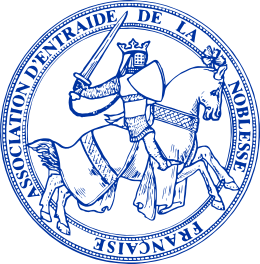News

Le Figaro: "Grand Trophée Dassault 2024 : au château de Tanlay, dans l'Yonne, l'harmonie au fil des siècles".
20 October 2024
Press review
Viewed 505 times
REPORTAGE- Awarded annually, this prize organized by the Fondation Mérimée, Le Figaro Magazine and Propriétés Le Figaro, was presented to Gérault and Diane de Sèze, who are fighting to give a new...
You must be logged in to read more









